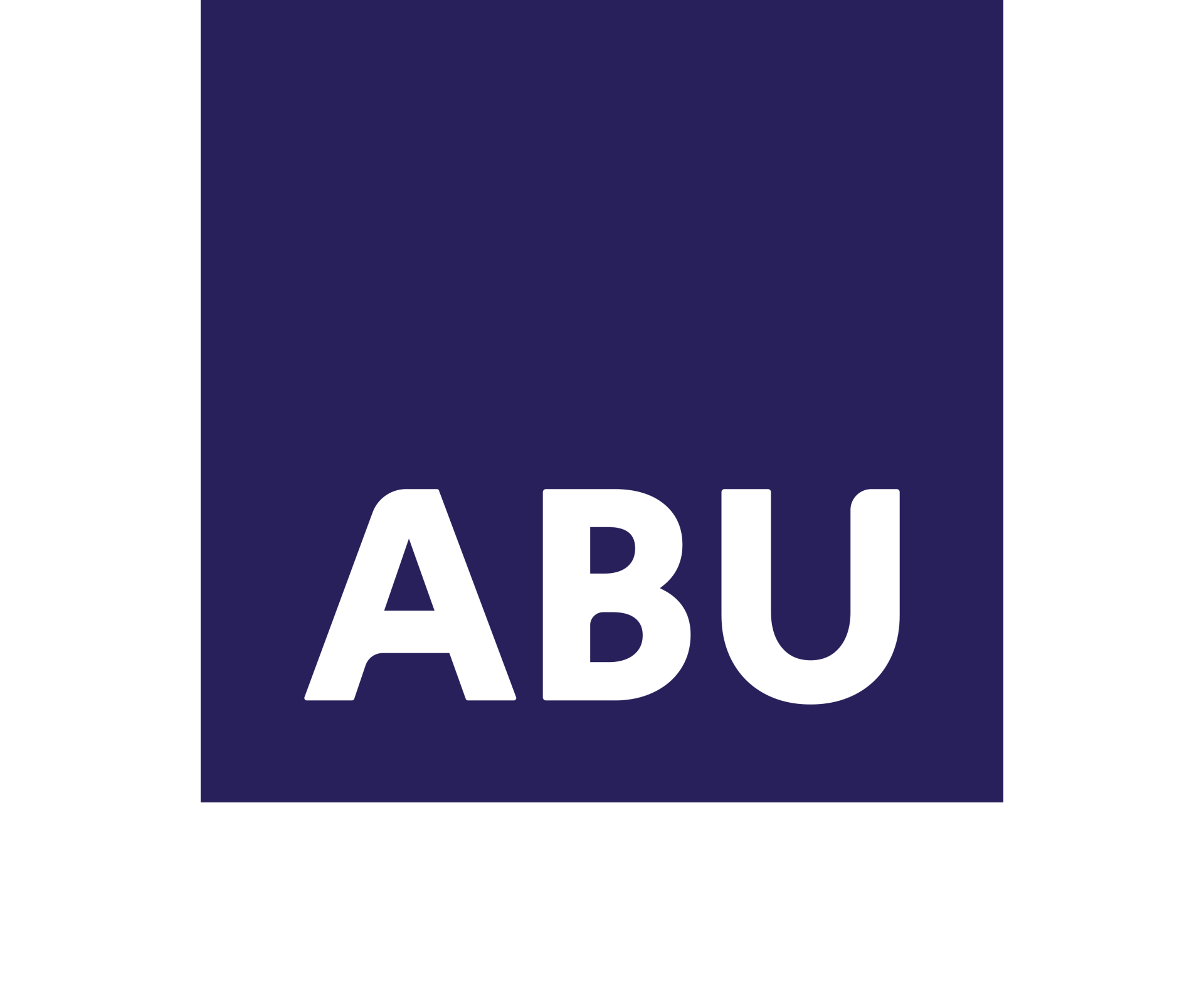7 Personal Branding Tips for Today’s Scientists

Nov 28, 2021
STEM professionals are in high demand around the globe. So why do so many highly qualified scientists struggle to get invited for a job interview?
The answer is simple: no matter how brilliant and experienced you are, your CV and your LinkedIn profile have to contain the right elements in order for you to get noticed.
Keywords are at the top but aren’t the only elements of an effective CV or LinkedIn profile. There are a number of other factors to keep in mind—here are seven tips:
1. Keep your CV short: between one and two pages.
Anything shorter gives the immediate impression you’re not qualified, and anything longer makes it difficult for the reader to note the most salient information.
2. Highlight your skills.
Use keywords and key phrases that are relevant to your field, the job posting, and both your technical and soft skills. We often suggest that candidates add a skills section, preferably in column format, at the top of their CV. Having an easy to identify skills section goes hand-in-hand with making sure you have the right content and keywords in your CV.
3. List your experience correctly.
Use the following format to list your job experience: the type of job site (for example a commercial lab or academic lab), location(s), your most important job responsibilities, how your work benefited your employer, and what additional skills you used or developed during the job.
4. List dynamic experience when possible.
For positions where you used very specific expertise to help develop a product, list your precise expertise, the product you worked on, and the scale of the project.
5. Don’t forget internships and research experience.
Many scientists transitioning from academia to industry forget to list their internships as work experience. Internships are highly relevant, so make sure to include them.
6. Keep your list of publications concise.
One mistake many academics make is to include a full list of publications to which they’ve contributed. Highlight between one and three of the most relevant or significant publications only when they directly illustrate your qualifications for the job.
7. Maintain a personal website.
If you want to provide potential employers with more information, get your own website. You can include a bio, a full list of publications, and more information about past and current research and related projects. Plus, you can set up your blog to showcase your expertise. Wix and Weebly both offer easy to use, free templates for building impressive portfolio sites.
Keep these tips in mind, and you’ll soon be able to write CV and LinkedIn profile that not only pass the Applicant Tracking Systems (ATS), but may also get you invited to the interview you want.







